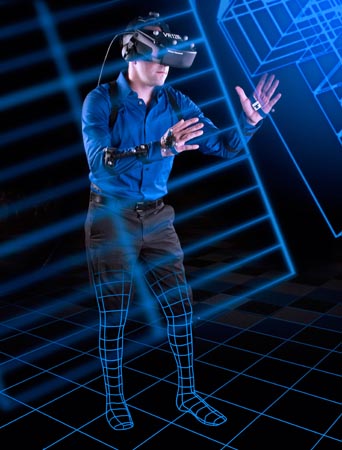Lockheed  Martin intends to use a new virtual-reality facility known as the Collaborative Human Immersive Laboratory, or CHIL, to help control development costs and improve efficiency on space programs such as Global Positioning System Block III satellite system. This lab, located at Lockheed’s space sector headquarters in Littleton, Colo., is similar to the company’s Human Immersive Laboratory that’s already in use to help reduce aircraft lifecycle costs, according to a company release. CHIL will allow engineers to “validate, test, and understand” space products before they actually build them, states the release. “As customer budget pressures continue, and the need for critical space assets escalates, the CHIL will help increase affordability and value of our programs,” said Jeff Smith, Lockheed’s special projects director. Air Force senior leaders have continually called on industry to reign in skyrocketing space system development costs as they worked to revamp the service’s space acquisition strategy.
Martin intends to use a new virtual-reality facility known as the Collaborative Human Immersive Laboratory, or CHIL, to help control development costs and improve efficiency on space programs such as Global Positioning System Block III satellite system. This lab, located at Lockheed’s space sector headquarters in Littleton, Colo., is similar to the company’s Human Immersive Laboratory that’s already in use to help reduce aircraft lifecycle costs, according to a company release. CHIL will allow engineers to “validate, test, and understand” space products before they actually build them, states the release. “As customer budget pressures continue, and the need for critical space assets escalates, the CHIL will help increase affordability and value of our programs,” said Jeff Smith, Lockheed’s special projects director. Air Force senior leaders have continually called on industry to reign in skyrocketing space system development costs as they worked to revamp the service’s space acquisition strategy.
The U.S., South Korea, and Japan flew an unusual trilateral flight with two U.S. B-52H Stratofortress bombers escorted by two Japan Air Self-Defense Force F-2s, and two ROK Air Force KF-16 fighters—both countries’ respective variants of the F-16—July 11. That same weekend, the top military officers of the three nations…